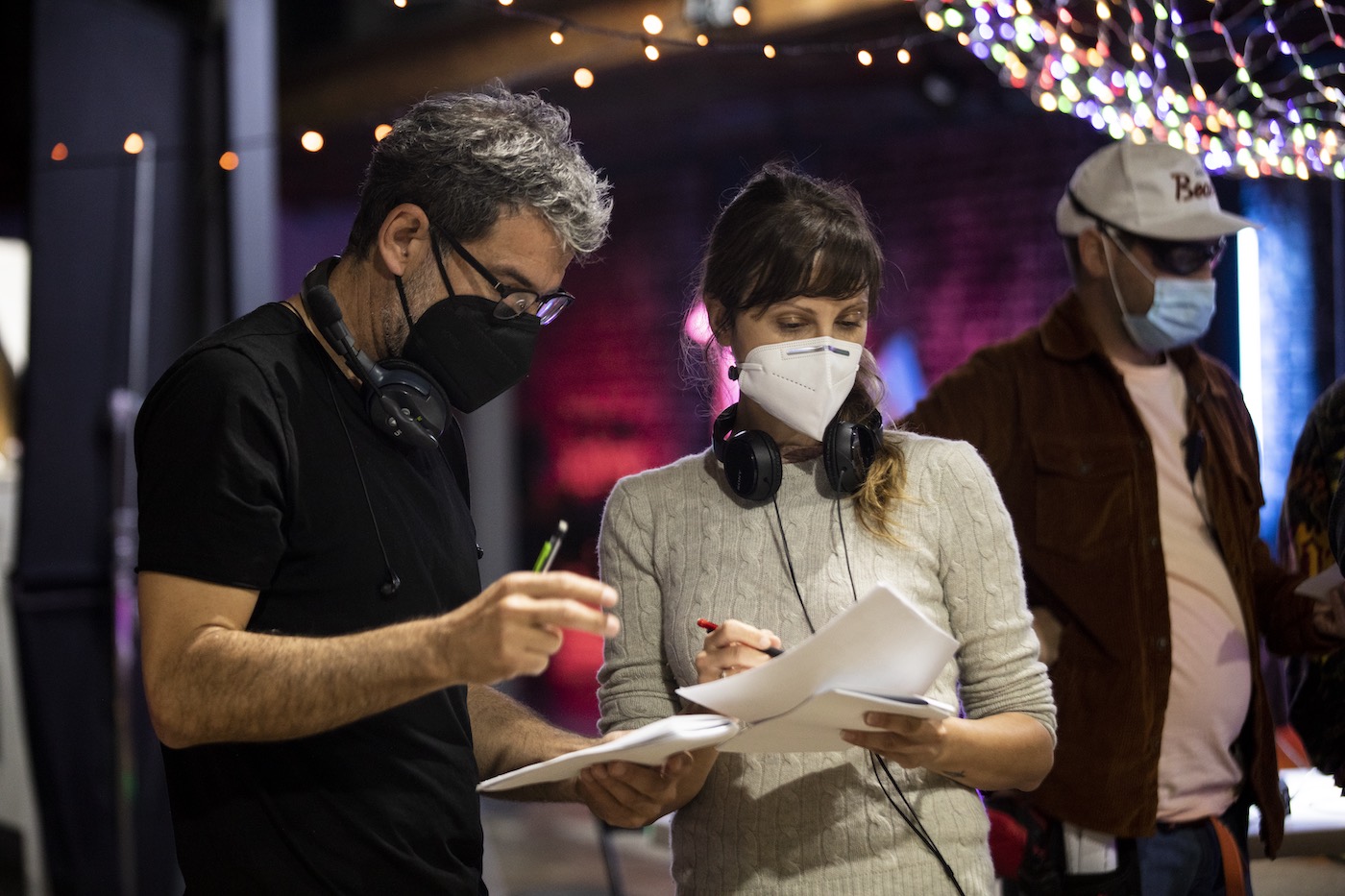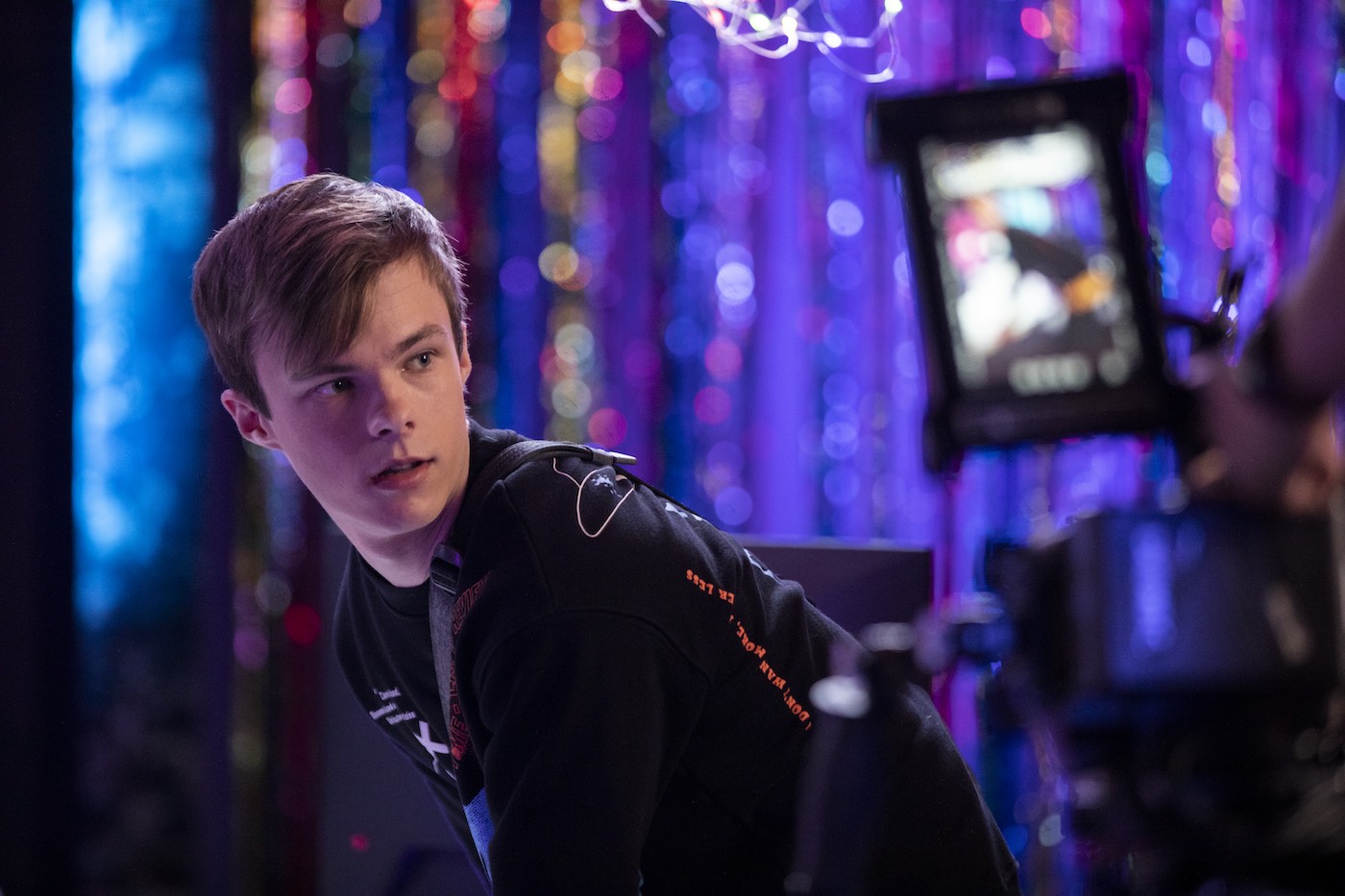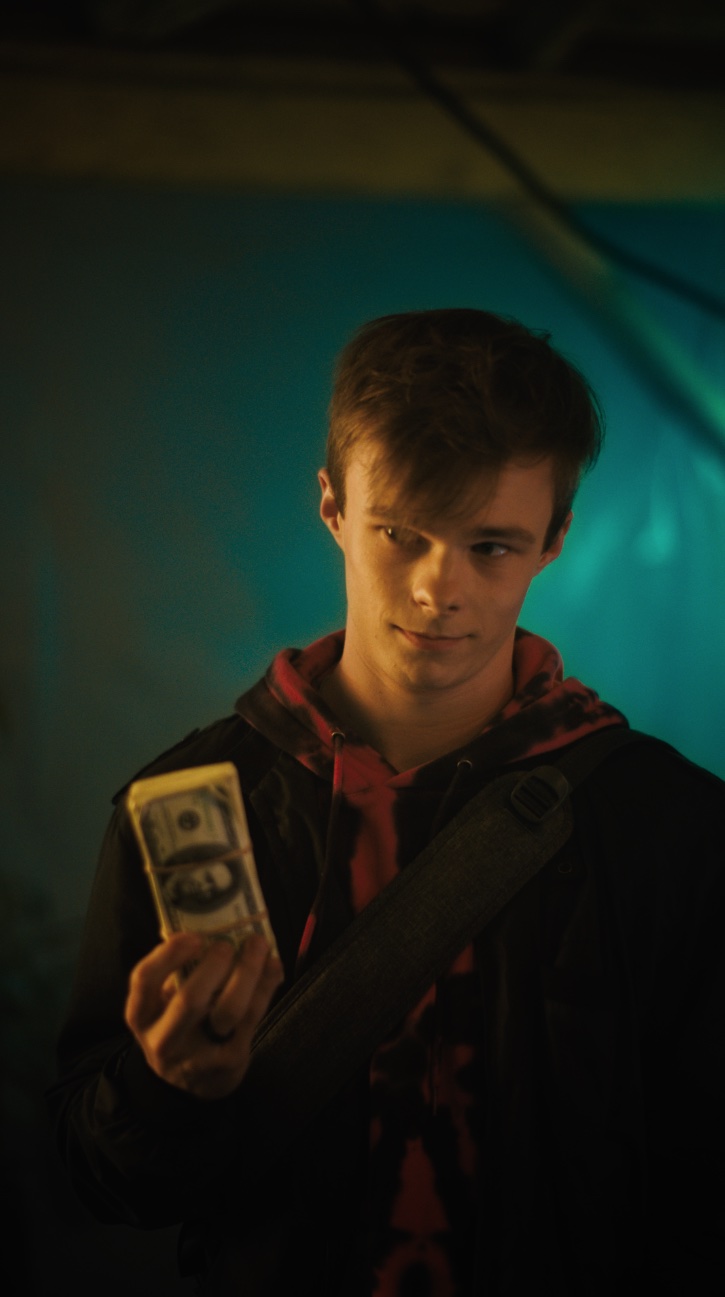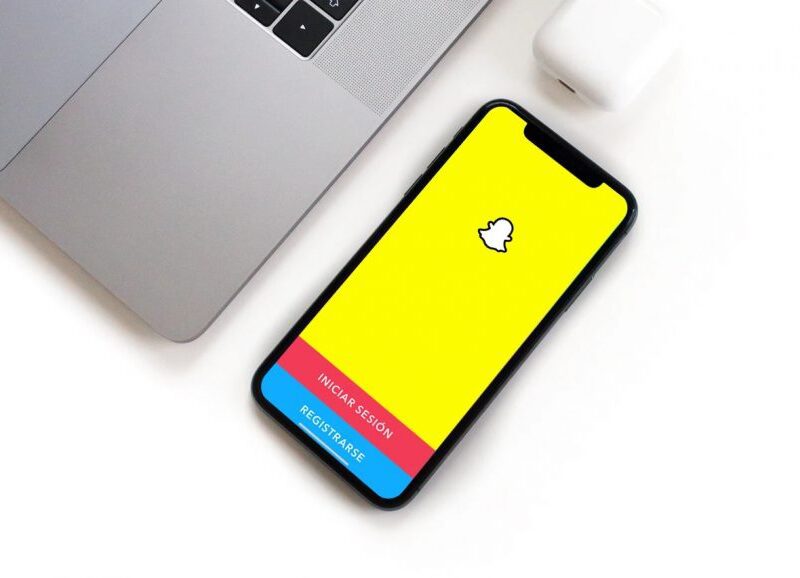
Igor Martinovic and Maria Juranic open up about ‘Action Royale’
There’s a brand new contender in the world of streaming content. Snapchat is partnering with incredibly talented filmmakers to produce original series that viewers can catch on the go. Action Royale is the latest series to make its way to Snapchat. The show follows a teenage boy organizing an underground esports betting ring to pay off his father’s gambling debt.
The series was created by Jacob Motz and stars Kim Coates (Sons of Anarchy). Also working on the project is cinematographer Igor Matinovic (House of Cards, What Happened, Miss Simone?) and director/editor Maria Juranic, whose music video work has appeared on MTV, VH1, Rolling Stone, and Nowness.
We had the opportunity to speak with Matinovic & Juranic about their history in the industry and their work on Action Royale. It was an insightful conversation centered around a new site for filmmakers heading into the 2020s.

For starters, can you each tell us how you discovered your love of film and made your way into the craft?
Maria: As a child I was attracted to the fantastical/magical possibilities in the film medium, specifically after watching “Legend” and “The Labyrinth”. I wanted to be part of that creation, I wanted to make magic like the one I saw on screen.
I was fascinated by photography early on, and bought my first camera, a 110 point and shoot, at a garage sale for $5 when I first immigrated to the US as a child from Yugaslavia. I have never stopped taking pictures since, and unknowingly, it’s how I started to see the world.
Igor: Like Maria, my intro to film came through photography. I built a black and white lab with my brother and developed photographs while still in primary school. In high school, I enrolled in a special film program where instead of having a regular curriculum we studied film classics. Instead of physics we studied optics, chemistry was focused on photochemistry.
What are some of your favorite films of all time?
Maria: More contemporary favorites: Biutiful, Holymotors, IDA, A Girl Walks Home Alone at Night, Mulholland Drive, We Need to talk about Kevin, A Single Man, Maps to the Stars, Arrival, Mother!, Brazil.
Igor: Since Maria covered contemporary movies, here are a few classics I love: L’Atalante, Breathless, Midnight Cowboy, Battle of Algiers, Pather Panjali, La Jette, Woman Under the Influence, Come and See.
Who do you consider to be some of your biggest influences?
Maria: Although I was influenced by many like: Lynne Ramsey, David Lynch, Terry Gilliam, Yorgos Lanthimos and Darren Aronofsky, I was specifically challenged to keep exploring and experimenting with film techniques by Michele Gondry, and it really made filmmaking fun.
Igor: My professor in college who regularly tore my weekly photo assignments to pieces and threw them into the garbage. He taught me the importance of being critical towards my own work and that space for improvement is immense.
How did you get your professional start in the industry?
Maria: I entered the film industry through the camera department. After college I felt I had no real skills in being a director and realized that mastering camera technology and its principles would empower me to make compelling images.
I volunteered on sets as a camera PA, and soon learned the trade enough to work on commercials and features as a camera assistant. While on set I would meet other eager, young filmmakers entering the business, forming alliances. I also sought out musicians and other filmmakers to make music videos and shorts with, and this launched me into directing and creating my portfolio that helped me get more work.
Igor: I was a camera assistant on a feature film and was fired by the lunch break of the first shoot day. Not a glamorous beginning.
What’s your elevator pitch for your current project Action Royale?
Maria: A teenager starts an underground esports gambling ring to pay off his father’s debts, but he and his gaming phenom best friend soon find themselves in over their heads in a dangerous, high-stakes world.

Where did you get the concept for the project?
Maria: The show was written and conceived by Jacob Motz, who was not only the writer and showrunner of Action Royale, but also the spiritual leader of the whole production.
At what point did Snapchat get involved in the project, or was that always a part of your plan?
Maria: Jacob Motz partnered with Snapchat before we got involved with the project.
What unique challenges did you face filming a project for Snap Originals?
Igor: Creating narrative content on the app whose audience has an incredibly low attention span. The challenge was to capture their attention in the first few seconds and maintain their interest on the app and on the phone. In addition, there were no successful precedents that we could look up to for a guideline.
Maria: Making the vertical 9:16 format look cinematic was a challenge. We did a lot of tests to see how to engage the frame to its full capacity, and how to guide the audience’s eyes in a vertical fashion. We discovered a lot of surprising things, specifically how actors could no longer fit into a wide frame and their movement could no longer be lateral. It was an adjustment for all of us.
What did you find most enjoyable about working in that format?
Maria: Working with Igor and exploring the new medium was exciting. I especially loved working with the actors to coordinate their movement with the camera, trying to fit it all into the slender frame. Nailing down the final marks of a 2 shot while both camera and the actors are moving was never so thrilling!
Igor: It was fun to work with Maria and the production designer in designing elements on the ceilings and the upper sections of the walls; in the vertical format ceilings are featured in almost every shot.

Did you learn anything in particular about filmmaking while developing Action Royale?
Maria: Once we finished shooting, I was incredibly surprised to find compositions on a 16:9 frame very un-exciting. Igor and I made sure to utilize every inch of our vertical frame and suddenly these horizontal frames felt so empty and uninspiring visually. My mind had to re-adjust and recalibrate what a “beautiful” image is in this particular format.
Igor: My biggest take away was that each format has its own rules. New technologies bring new rules and ways to break them. So, the learning curve on this project was quite steep.
How much did your original idea of the story change through the filming and editing process?
Maria: We shot the series keeping in mind that shots have to be either quick or with a lot of movement to keep the energy up. Slowing down a scene was kept on key moments. We kept refining this throughout the shooting process and we knew the tempo would be finalized in the edit.
Igor: During the editing process we quickly realized that the usual tempo of a narrative TV series or a feature film doesn’t apply here. The speed of the edited material needed to resemble fast cut music videos and at the same time we had to have our audience connect with and care about the characters.
What do you hope your audience takes away from watching Action Royale?
Igor: The series raised several questions about contemporary life, about the desire to gamble, about family structure and how technology influences our behavior. We hope that some of those questions will resonate with the audience.
If you had to go back and do the project all over again, what would you do differently, if anything?
Maria: Looking back, I would have put more energy or time during pre production to explore and implement ideas of experimentation with graphic design and stylistic transitions.

Do you think the availability of so many different platforms for films makes filmmaking harder or easier for newcomers?
Maria: More platforms gives so much opportunity for young filmmakers to learn their craft. When I was starting out in the industry social media wasn’t a thing, the industry had a tighter belt on letting new voices in. So this is really an exciting time for everyone to just keep making their voices heard. To keep making art and stories, without the need to have perfect equipment. We have moved away from traditional cinema in the last decade, and there is no end to the innovation that will come.
What advice would you give to someone looking to create their very first film in 2022?
Maria: Be super prepared! Look under every rock and make sure you are involved with every aspect of the production. Never be shy to say what you think even if no one is listening, you are the one that is telling the story and you have to push it forward the way you see it. Compromises are going to happen but I would reserve them for when you have exhausted all other options.
Igor: Being next to a fire and telling a story using shadows on a wall of a cave or using the most cutting edge technology – it all comes to storytelling. Once you have a captivating story you have to find the most compelling and story-appropriate expressive devices to materialize it. Easier said than done but the most important element is to find pleasure in the process.
Do you plan on working together on any other Snap Originals in the future?
Maria: Definitely. Our combined sensibilities and skills work well together. We try pushing each other to make something great by all means necessary, and that includes arguments, creative out-of-the-box brainstorms and unapologetic persistence in ideas.
Where can people keep up with each of you and your work?
Igor: igormartinovic.com
Maria: www.mariajuranic.com, and IG:@juramara
What’s next for you both?
Maria: I am in post production finishing a short film “Welcome to Wonderland” and in the research stage for a feature documentary on Burlesque.
Igor: I am the cinematographer on a mini series “George and Tammy” based on a turbulent relationship of a real life couple, country singers Tammy Wynette and George Jones.






